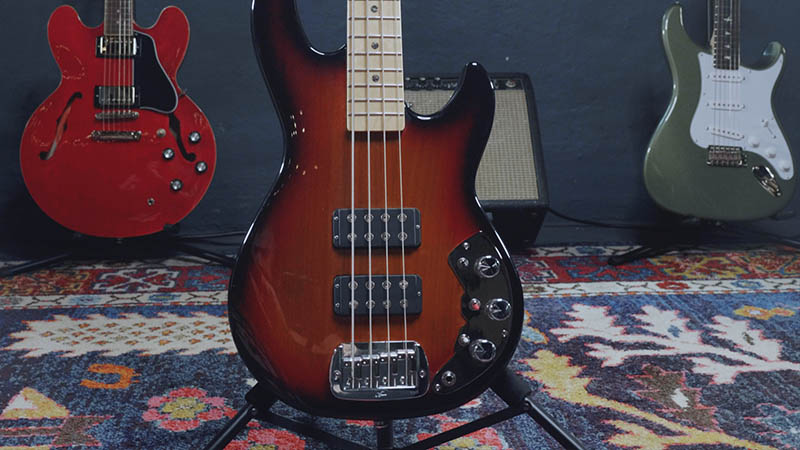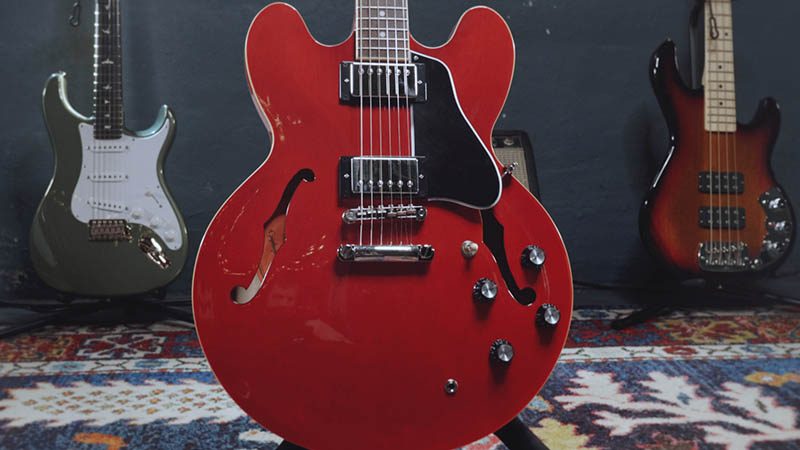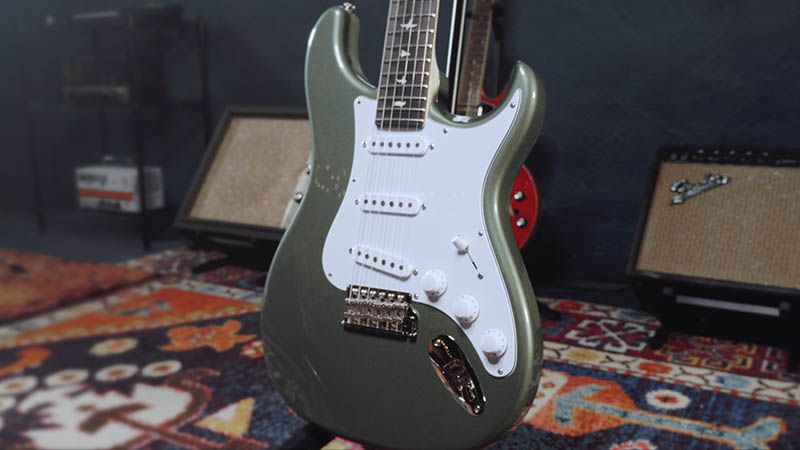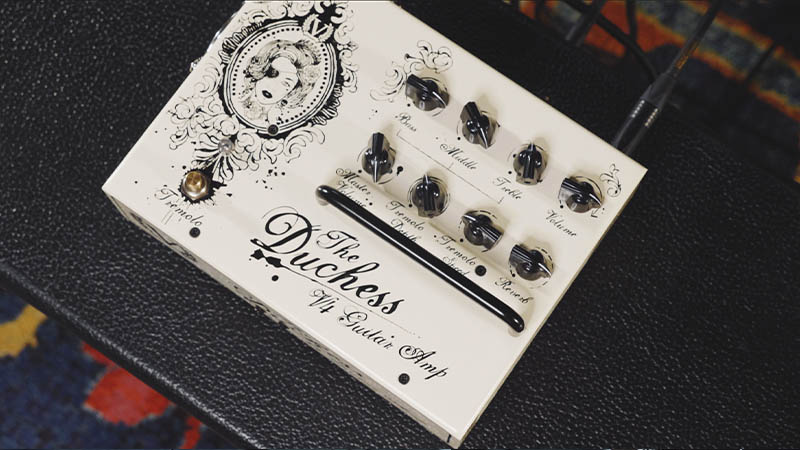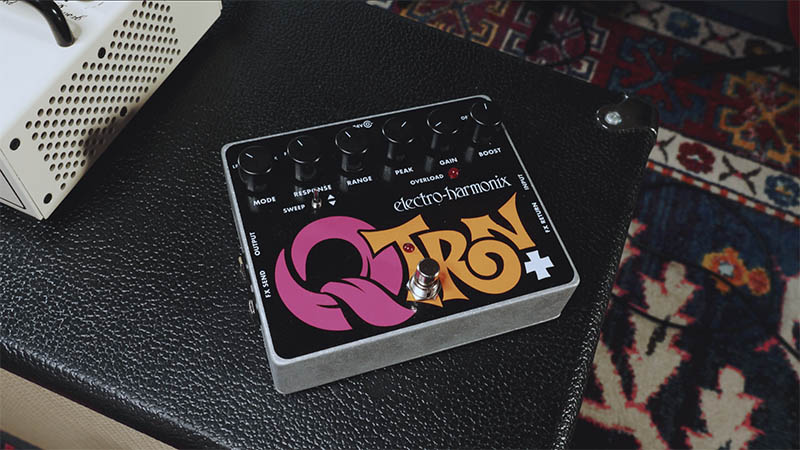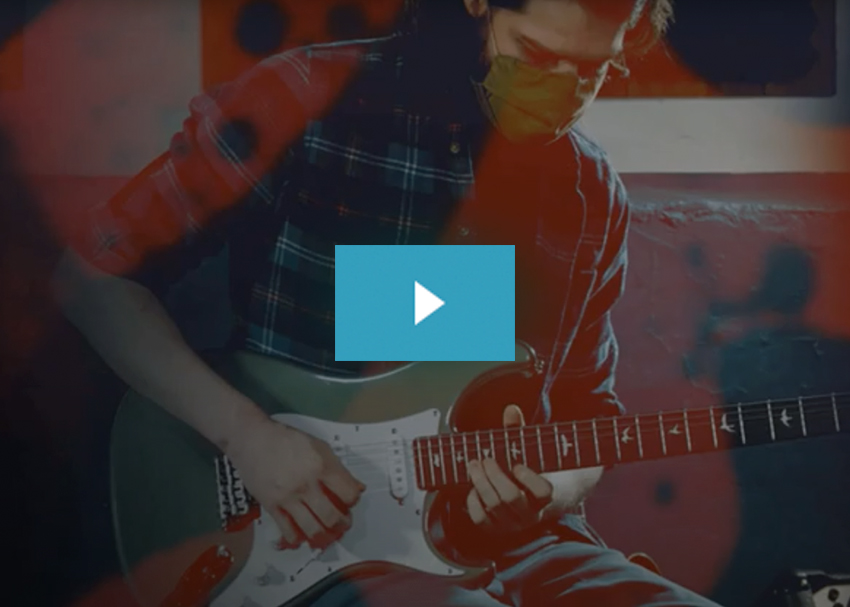Grateful Dead bloomed from the counterculture scene in the late ’60s in San Francisco, California. There is no other time nor place that could conceive of such a band. A few images come to mind when thinking about the band: long concerts, tie dye, and Deadheads. While each of those are integral, the biggest thing that sets the Grateful Dead apart is how cohesively the band wrote and performed together.
Learn More at zZounds »
The Grateful Dead’s catalog is absolutely massive – how do you pick just one song to feature? Ultimately, I chose the track “Shakedown Street.” The song is catchy, infectious, and in my opinion reflects quite well many of the unique sounds that made the band famous in the first place. Just listen to that groove!
The first step had to start with the bass track, which is absolutely foundational. I used a G&L L-2000 bass — its midrange bite fit right at home. Phil Lesh himself even played one in the early ’80s! To accentuate its character, I used a 1.14mm Dunlop Tortex pick to get that Lesh “smack.” From there, I used a DSM Simplifier Bass Station preamp to get a touch of the Ampeg SVT growl we all know and love, but without any of the dreaded lower midrange mud. I capped it off with some light VCA compression and it was good to go.
Naturally, a Grateful Dead track wouldn’t be complete without the dual guitars of Jerry Garcia and Bob Weir. To tackle this, I went with an Epiphone ES-335 for Bob Weir’s parts, and a PRS Silver Sky guitar for Jerry Garcia’s. For both tracks, I used the Victory Duchess V4 amp pedal, a standalone amp-in-a-box unit, with light gain and boosted midrange.
The obvious star of the show, however, is the auto-wah: the Electro-Harmonix QTron+ pedal. It’s used on both guitar parts in very different ways. Jerry’s part needed that heavy filter quack tone, so I set the Mode control to Low Pass and the Range knob to LO which was important for the notes to bloom.
For Bob’s part, I changed the Mode to Band Pass, and increased the Peak knob for higher resonance. If you listen to the record, Bob’s part is incredibly chimey, with very little low-end content. It has a more “breathing” auto wah effect, versus Jerry’s more “popping” bubbly usage of the pedal.
The final step was the keyboard part, which the Yamaha YC61 keyboard made a breeze. I dialed in the 78Rd Chorus electric piano sound — a lovely take on the classic Fender Rhodes — and added in a light dose of its rather smooth Chorus effect. I had also increased the Drive knob about 25% – I needed more of a pushed amp sound for extra saturation.
To finish it up, I used the Walrus Audio Lillian Analog Phaser. The pedal is typically used on guitar, but I love the way it sounds on keyboards too. That analog flavor really accentuated the keyboard’s overdriven amp sound well.
All of the individual sounds are unique, but they all have their place in the mix and serve the song wonderfully. And that is what makes the Grateful Dead truly legendary.
Related: Behind The Scenes: The Grateful Dead’s “Shakedown Street”
Want to know even more about the gear from this video? Watch the replay of our livestream with Justin! | Watch »

